The Air Plant Blooming Process: All About Those Blooms
The wait is over! After meticulous love and care, your air plant has finally bloomed! How did it get to this point, you may ask, and how do I properly nurture my blooming air plant? Or maybe you’re still waiting patiently for your Tillandsia to flower and wondering how you can help encourage the process. In either case, this post is for you.
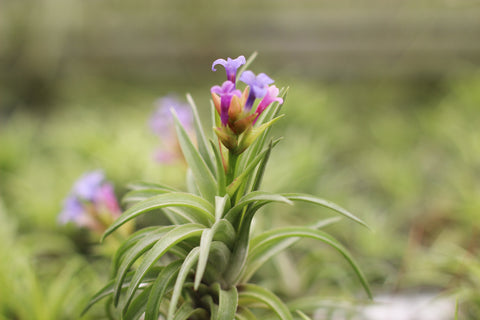 Let’s start with a little background info on the air plant blooming cycle. As with any flowering plant, the bloom marks the start of reproductive process in an air plant’s life cycle. You may be surprised to learn that air plants only bloom once in their lifetime. Tillandsia produce different blooms depending on their species, many of them producing beautifully colored blossoms that come in a myriad of colors ranging from delicate pinks and fiery reds, to bright purples and yellows.
Let’s start with a little background info on the air plant blooming cycle. As with any flowering plant, the bloom marks the start of reproductive process in an air plant’s life cycle. You may be surprised to learn that air plants only bloom once in their lifetime. Tillandsia produce different blooms depending on their species, many of them producing beautifully colored blossoms that come in a myriad of colors ranging from delicate pinks and fiery reds, to bright purples and yellows.
There are many different styles of blooms within the Tillandsia world. Some plants, such as the capitata peach blush a pale pink color when it starts to bloom and flowers are emitted straight from the center of the plant. Other plants such as the aeranthros and stricta have small buds that grow from the center of the plant. Eventually, the bud grows larger and opens up to reveal flowers. Some blooms last a few days, while others can last up to a few weeks.
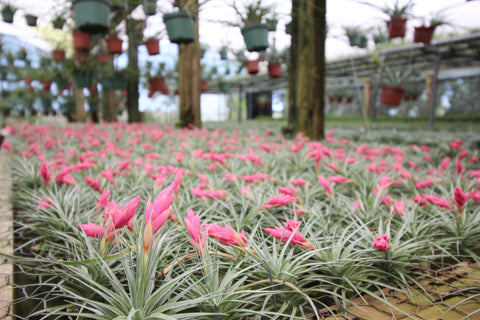
Some air plants have a much longer bloom cycle and these longer cycles are common in larger plants such as the caput-medusae and the xerographica. These plants grow large bloom tracts called inflorescence that can grow to over a foot tall for some varieties! Over time, the flowers on the tract open up and release from the inflorescence. Some Tillandsias can have a bloom tract that last over a year.
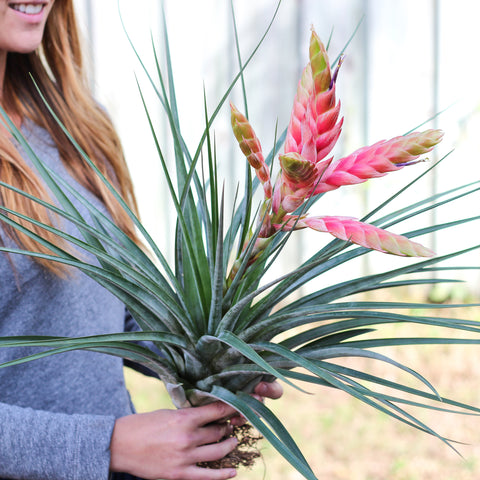
After the bloom:
Once the bloom cycle has completed you may notice some new growth off the side of your air plant. These are baby air plants, commonly called offsets or “pups.” These little babies will eventually mature into their own “adult” air plant and the cycle will begin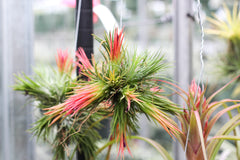 again! To encourage the next stage of growth after the bloom, you can snip off the bloom tract that came out of the plant and this will jump start the pup stage! On average, 1 to 3 pups will be created by the air plant after blooming, depending on the air plant species. After the pups grow to about 1/3 of the size of the mother plant, you can remove them or leave them to form a clump.
again! To encourage the next stage of growth after the bloom, you can snip off the bloom tract that came out of the plant and this will jump start the pup stage! On average, 1 to 3 pups will be created by the air plant after blooming, depending on the air plant species. After the pups grow to about 1/3 of the size of the mother plant, you can remove them or leave them to form a clump.
Getting your air plants to bloom:
Most healthy Tillandsia will bloom eventually, but they require proper care and plenty of light in order to do so. To help speed up the blooming process, you can use a diluted fertilizer like our specially formulated Air Plant Food once per month or so to encourage blooms and pup production.
Caring for blooming plants:
So is there any special care for a Tillandsia in bloom? First, and foremost, keep watering and feeding your plant! However, you’ll want to take special care when watering blooming air plants not to get the flower wet, so we recommend that instead of dunking or soaking the whole plant, you dunk, mist, or hold under gently flowing water only the portions of the air plant that allow you to avoid wetting the bloom. If the bloom is submerged in water for too long, it could rot or wilt. A blooming plant may need a little more water than usual since all of its energy is going into the bloom and eventually the pups. Make sure to keep an eye on your plant so that it stays happy and healthy!
With light, water, and a little fertilizer, you may get to enjoy blooms of your own! Happy blooming!
Do you want to know what happens next? Check out the next post in the blooming series, After the Bloom and our post all about Air Plant Propagation.


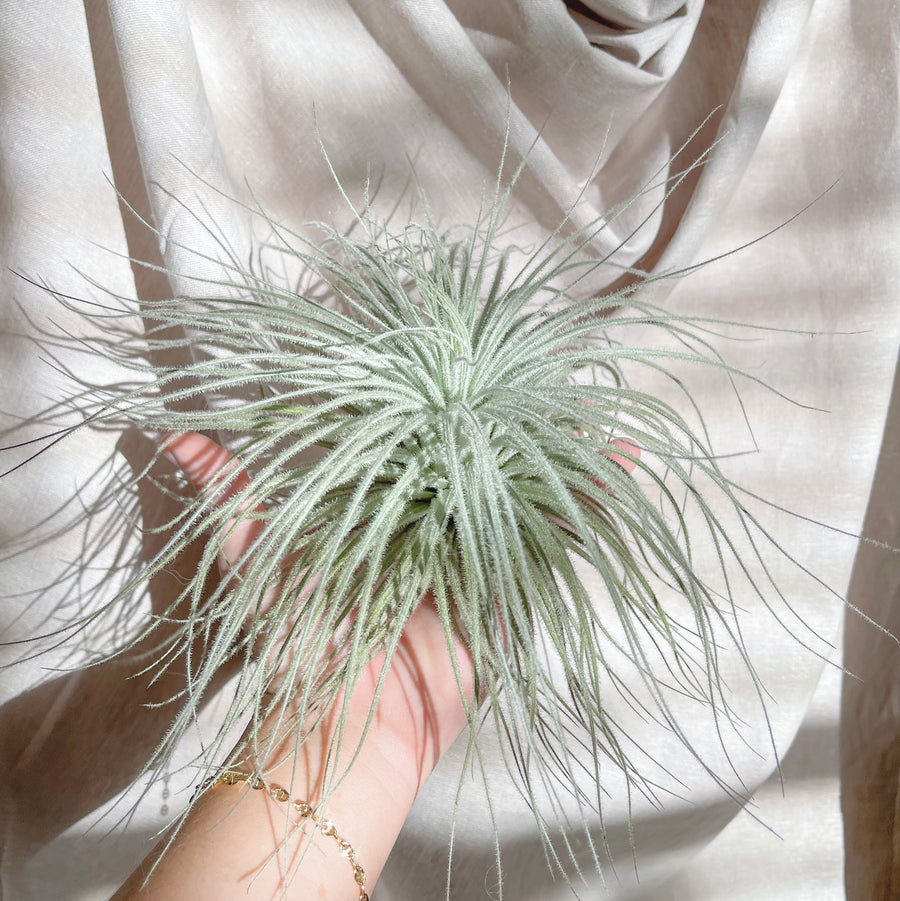
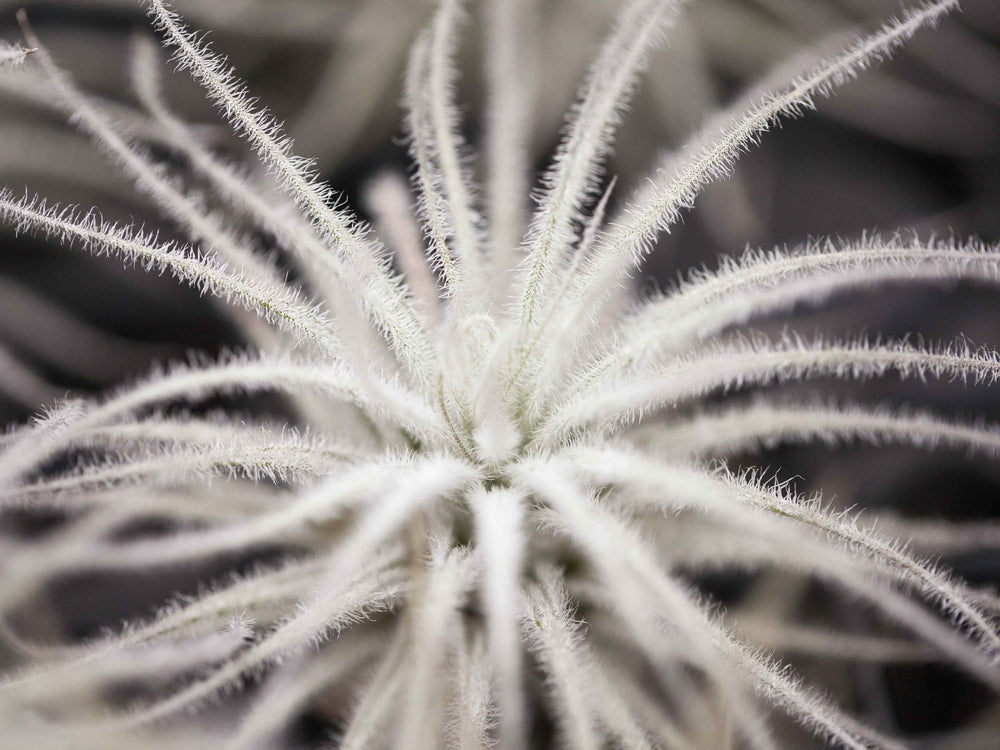
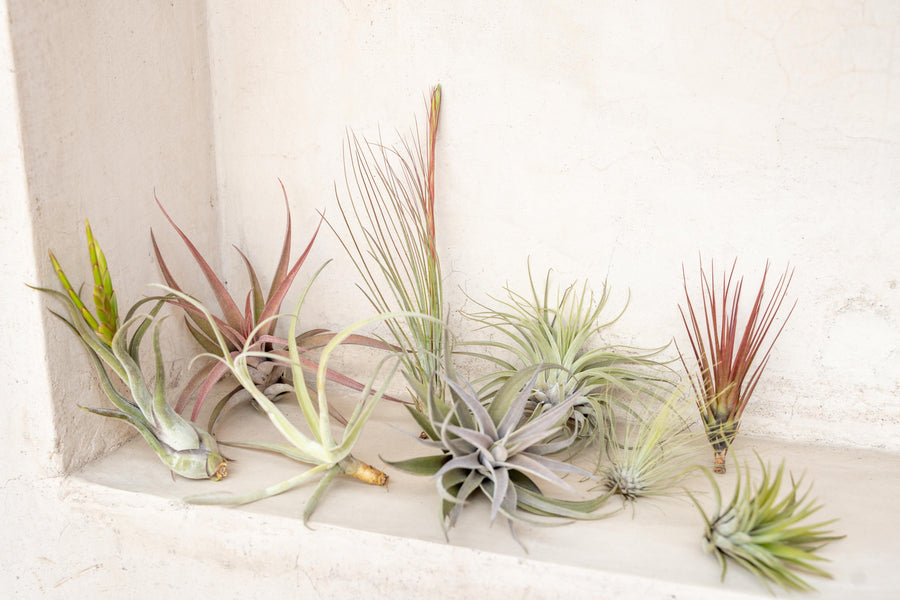
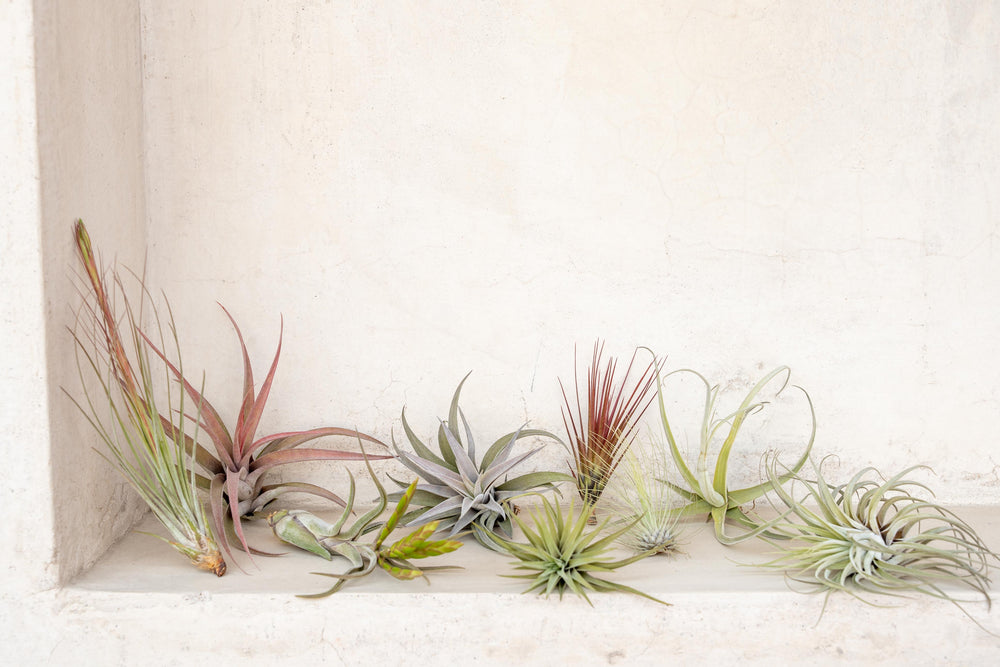
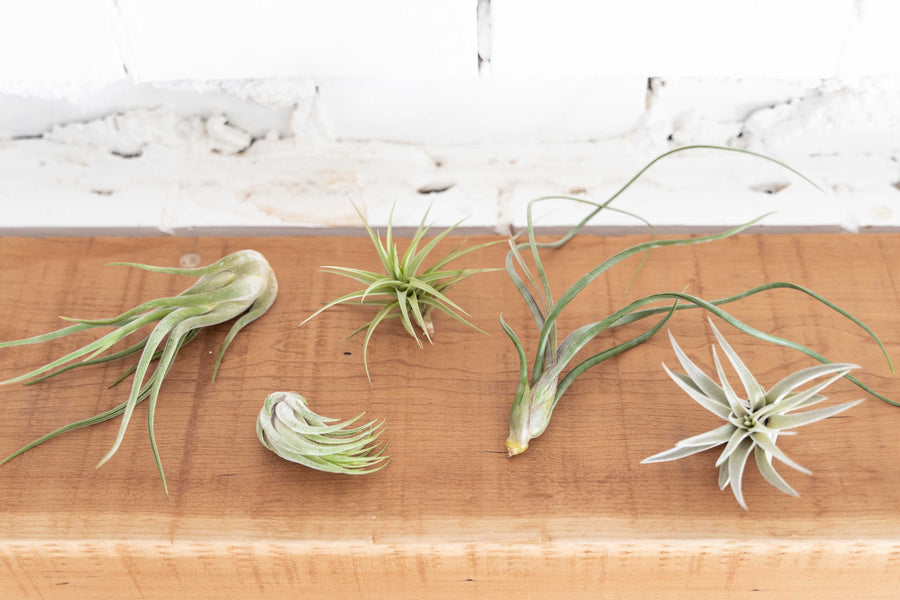
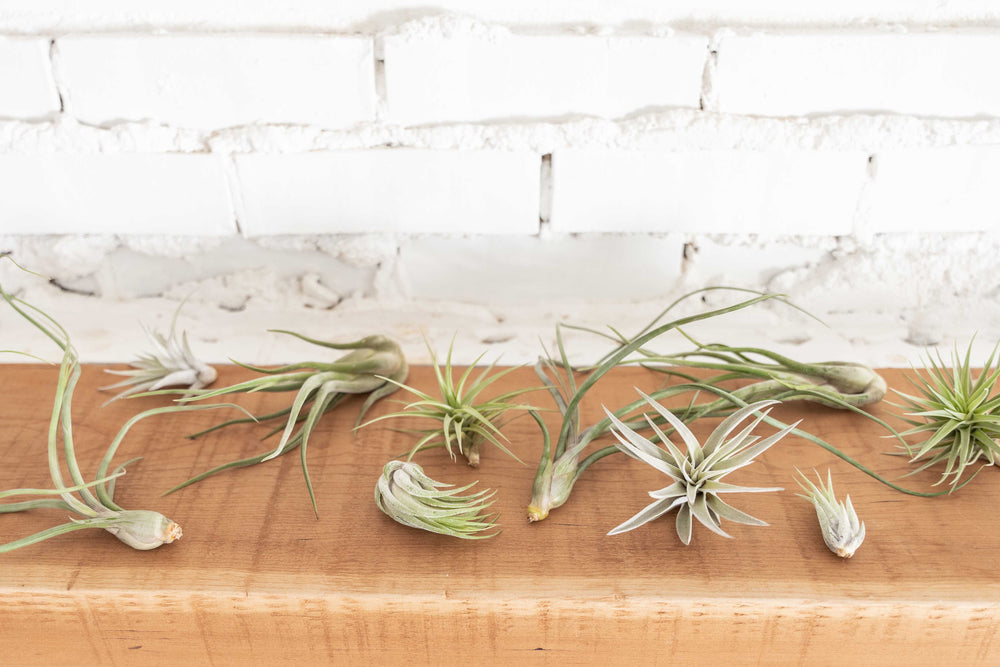
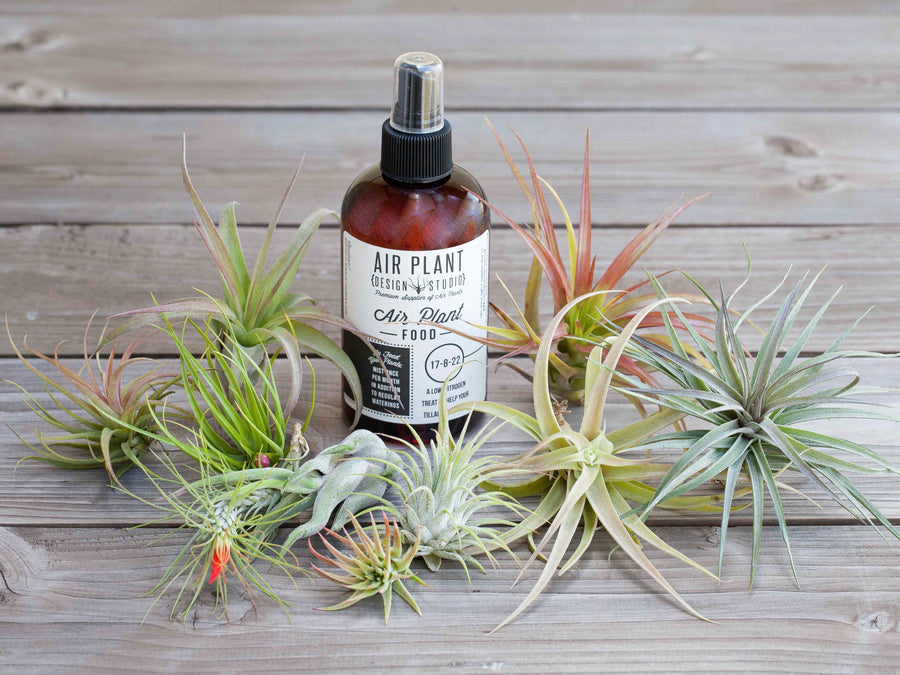
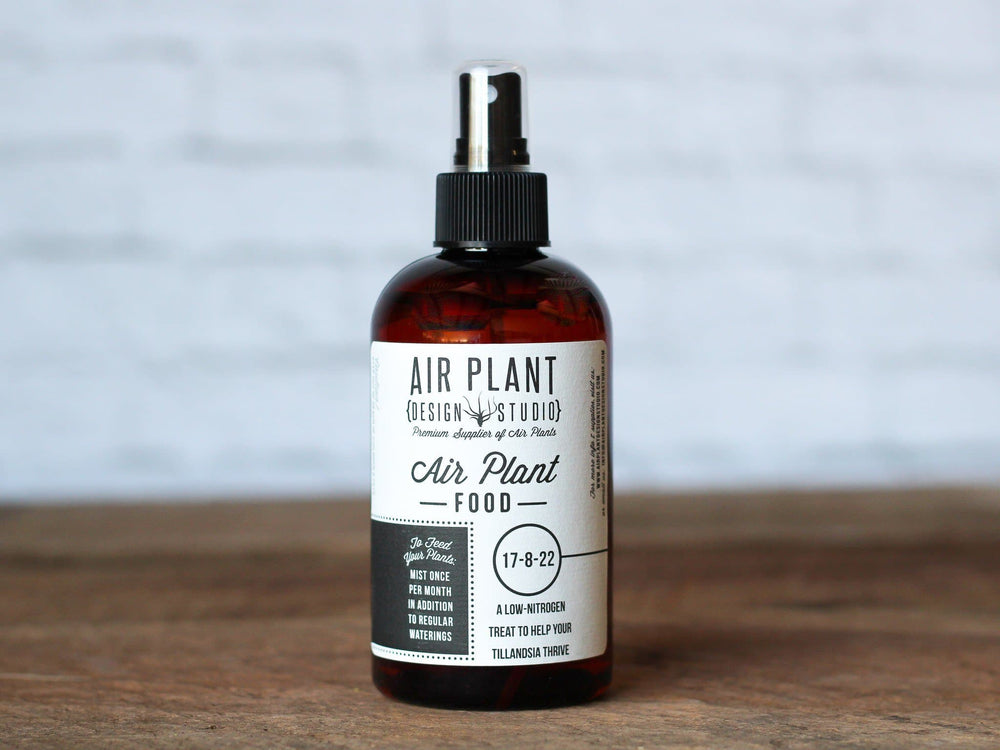
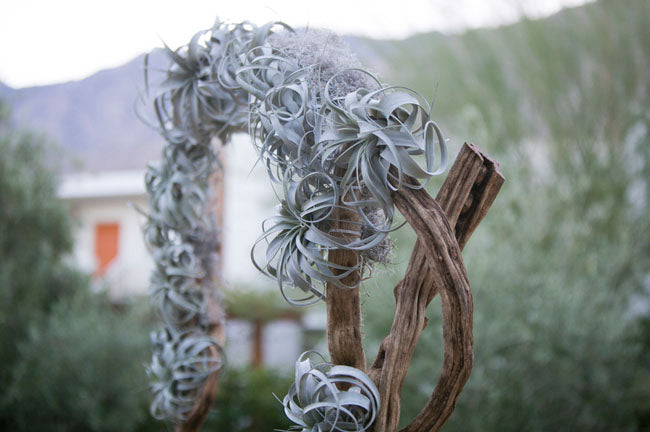
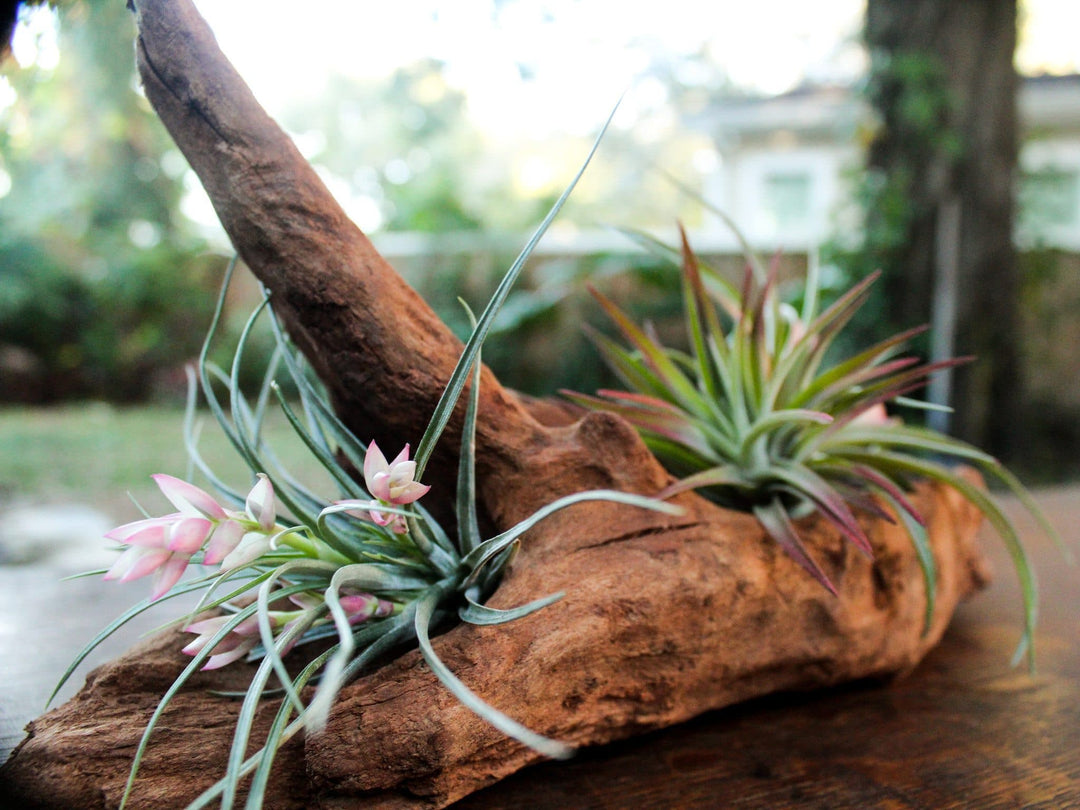
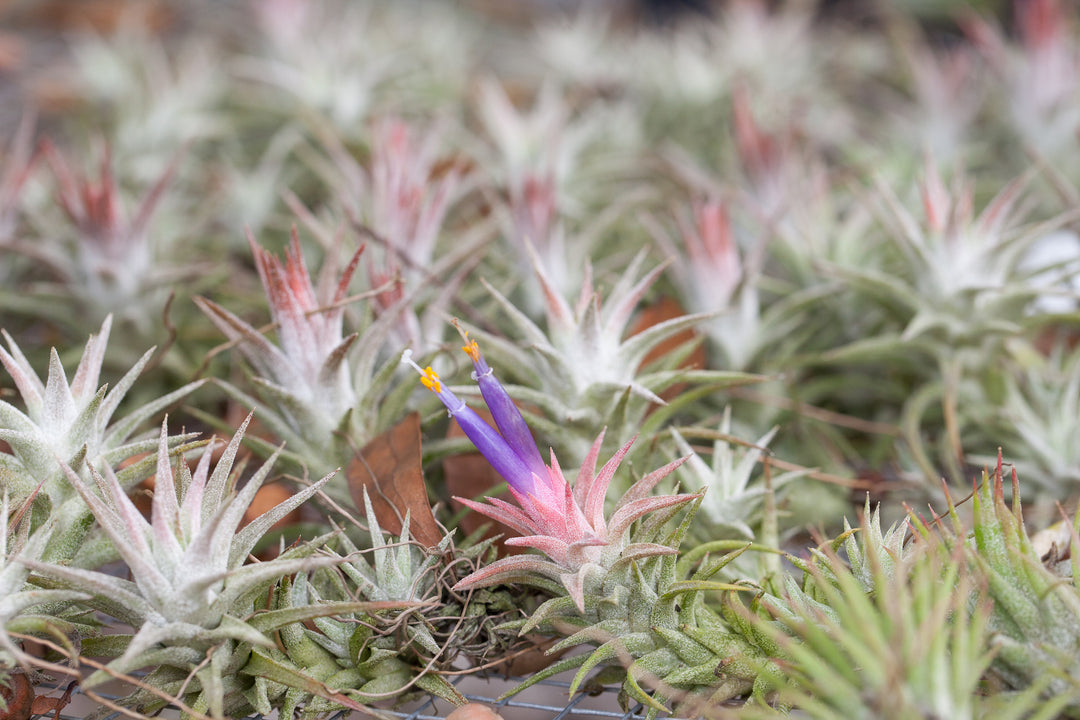
I have a very large plant that has 7 blooms starting.what should i do…Help….
This is an extremely beautiful flower, I really like this flower but don’t know how to take care of it to make beautiful flowers like you. hoa tang le
Is it common that my air plant’s leaves have gotten a little scrawnier as it blooms? I believe I have the pseudo….one?
I have 2 pups on one of my Tillys. So excited! Love all the plants I have received from y’all. Thank you!
I was so surprised to walk into the kitchen and find that my small air plant has a bright purple bud! Now waiting to see if the other 3 get blooms too.
Leave a comment